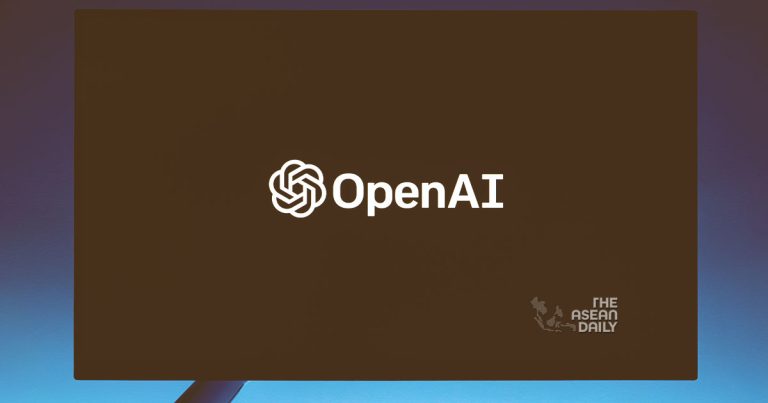15-1-2024 (SAN FRANCISCO) In the not-so-distant future, envision a digital assistant not only comprehending your words but also interpreting your drawings, understanding your tone, and grasping the context behind your requests. This is not a scene from a science fiction novel; it’s the innovative trajectory that OpenAI is shaping with the development of GPT-5. Let’s delve into what we know about this impending breakthrough in artificial intelligence.
GPT-5, poised to succeed the already remarkable GPT-4, is not merely an incremental update; it represents a stride towards an era where AI engages with users in a manner more reminiscent of human interaction. Unlike its predecessors, GPT-5 is anticipated to excel in multi-modal outputs, meaning it will not be confined to manipulating text alone; it will extend its capabilities to images, audio, and potentially even video. This broadening of horizons opens doors to applications that were, until now, the stuff of dreams.
Sam Altman, the CEO of OpenAI, has been somewhat cryptic about the specific features of GPT-5, but one thing is evident – the ambition is monumental. The objective is not just to create a more intelligent AI but one that is also finely attuned to the intricacies of human communication. The emphasis is on the quality, not just the quantity, of data. OpenAI’s plan involves feeding GPT-5 a diet of meticulously curated and nuanced high-quality data, moving beyond the vast but often noisy expanse of internet data. This strategic shift in data sourcing is pivotal, especially considering the impending limitations of publicly available high-quality data.
The computational power required for this undertaking is nothing short of colossal. OpenAI is leveraging the latest Graphics Processing Units (GPUs) and seeking additional funding, notably from Microsoft, to fuel this ambitious project. The scale of investment and resources invested in GPT-5 underscores the monumental expectations placed upon it. This isn’t merely about constructing a more advanced AI; it’s about shaping the future of human-machine interaction.
Yet, amidst the anticipation, it’s crucial to maintain a grounded perspective. As groundbreaking as GPT-5 may prove to be, it is not venturing into the realm of Artificial General Intelligence (AGI) – the coveted domain where machines possess human-like cognitive abilities. Instead, it’s about refining and expanding capabilities within the framework of existing AI technology.
As we approach the potential launch of GPT-5, speculated to be in early 2024, we’re not just anticipating a new product; we’re anticipating a preview of the future of AI – a future where AI comprehends not only our words but the world as we perceive it. The possibilities are boundless, and so is the excitement.
So, in the midst of our daily routines, let’s spare a moment for the invisible gears turning in the background – gears that are on the verge of accelerating significantly with the advent of GPT-5.




